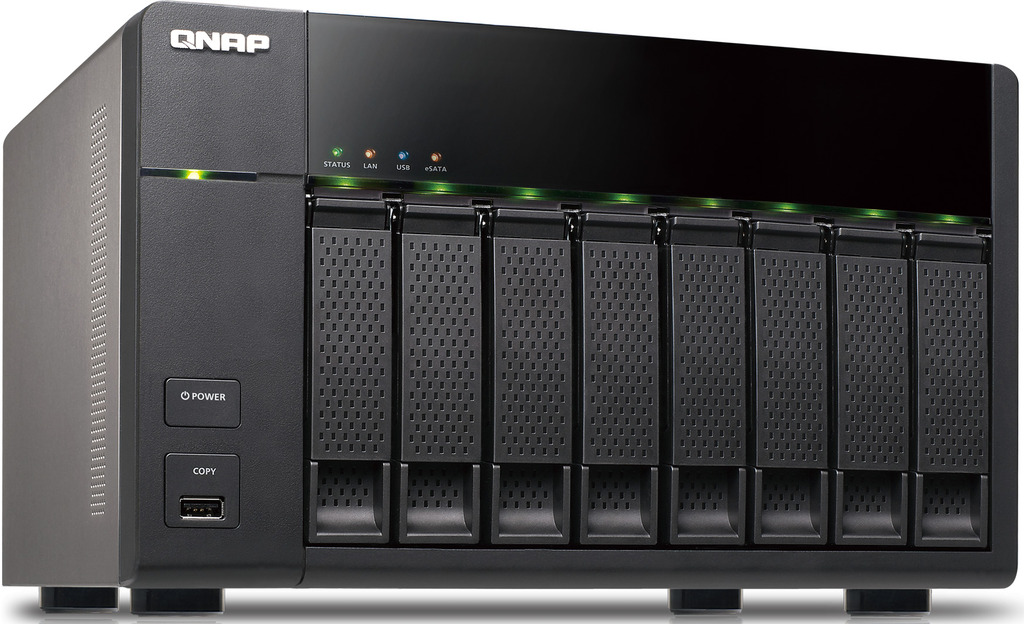

Once done, you have the option of starting the replication instantly, after which a the status of the current job will change to "Replicating," or "Ready" if you preferred the scheduled replication job. The "Options" button allows you to choose desired replication options. Tap the "Backup frequency" button and specify the replication schedule, which can be daily, weekly, monthly or repeated every few hours. Remember to create a shared folder that will be used as the replication destination on the secondary NAS. In addition, check the option "Authorize remote Rsync server to back up data to NAS" then enter the login details for your Rsync service. Next, choose the source and destination folders from a drop-down menu and the data in source folder will be replicated on the destination folder.
#Qnap supersync password#
In the pop up window, enter the job name and secondary remote server information (Name or IP address, user name, password and port number). Log into the secondary NAS as administrator and change Rsync Server settings to "enable backup from a remote server to the local host."Īfter logging into the primary NAS device, open NAS to NAS under Remote Replication and "Create a Replication Job. To do this, forward the NAT router port 873 towards the LAN IP of the secondary NAS. Step 2: Configure settings on primary NAS In order to set up remote replication on QNAP NAS devices, you need to carry out two basic steps Step 1: Configure settings on secondary NAS Implementing RTRR helps keep your system in a continuous operating condition with minimal downtime. It does this by bringing the remote storage online and ensuring that you continue to work at the exact point of time when the primary device storage device failed. Remote Replication, also known as data mirroring, ensures that your data is always available even after the primary storage server fails. The overall objective of RTRR is to improve backup efficiency while reducing backup time. This feature also supports backing up data from your NAS to a remote FTP server or vice versa. RTRR is an exclusive QNAP NAS feature that helps backup new and modified files immediately to another folder on a local NAS, external drive, or remote NAS. In Synology devices, this technology is implemented as Synology High Availability (SHA). In QNAP, the technology is implemented as Real-Time Remote Replication (RTRR) or Remote Replication.

In terms of NAS data storage devices, Replication and High Availability are features that are common in both QNAP and Synology devices. This is especially critical when the primary is unavailable for whatever reason and the secondary is promoted to be the new primary. On the other hand, High Availability is the ability to switch between primary and secondary data storage devices at will. In this instance, the master storage is the primary data storage and replicates are the secondary data storage. Replication is all about keeping one or more data storage in sync with a single master data storage. Replication/High Availability (HA) – Using the Inherent Features of the QNAP and Synology


 0 kommentar(er)
0 kommentar(er)
